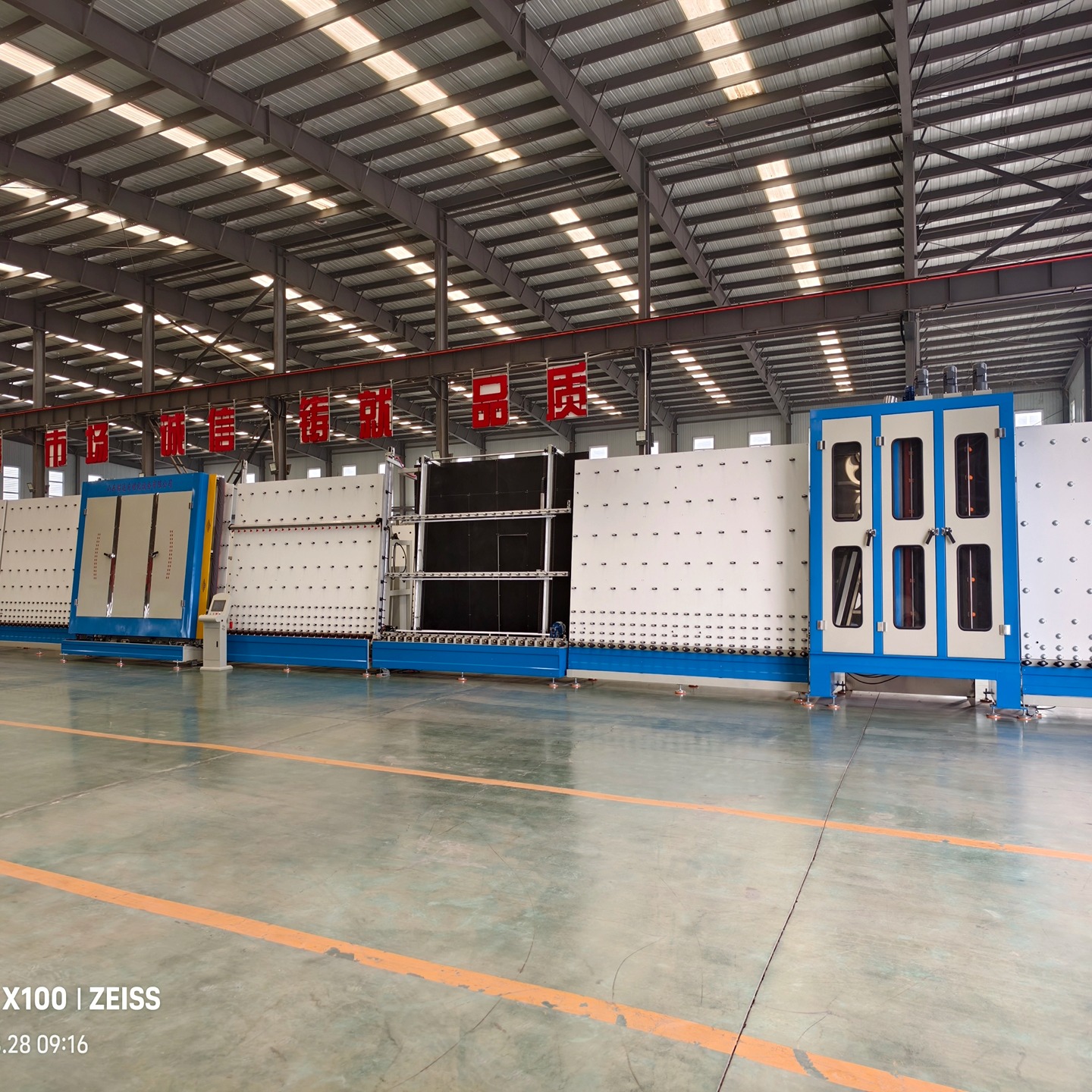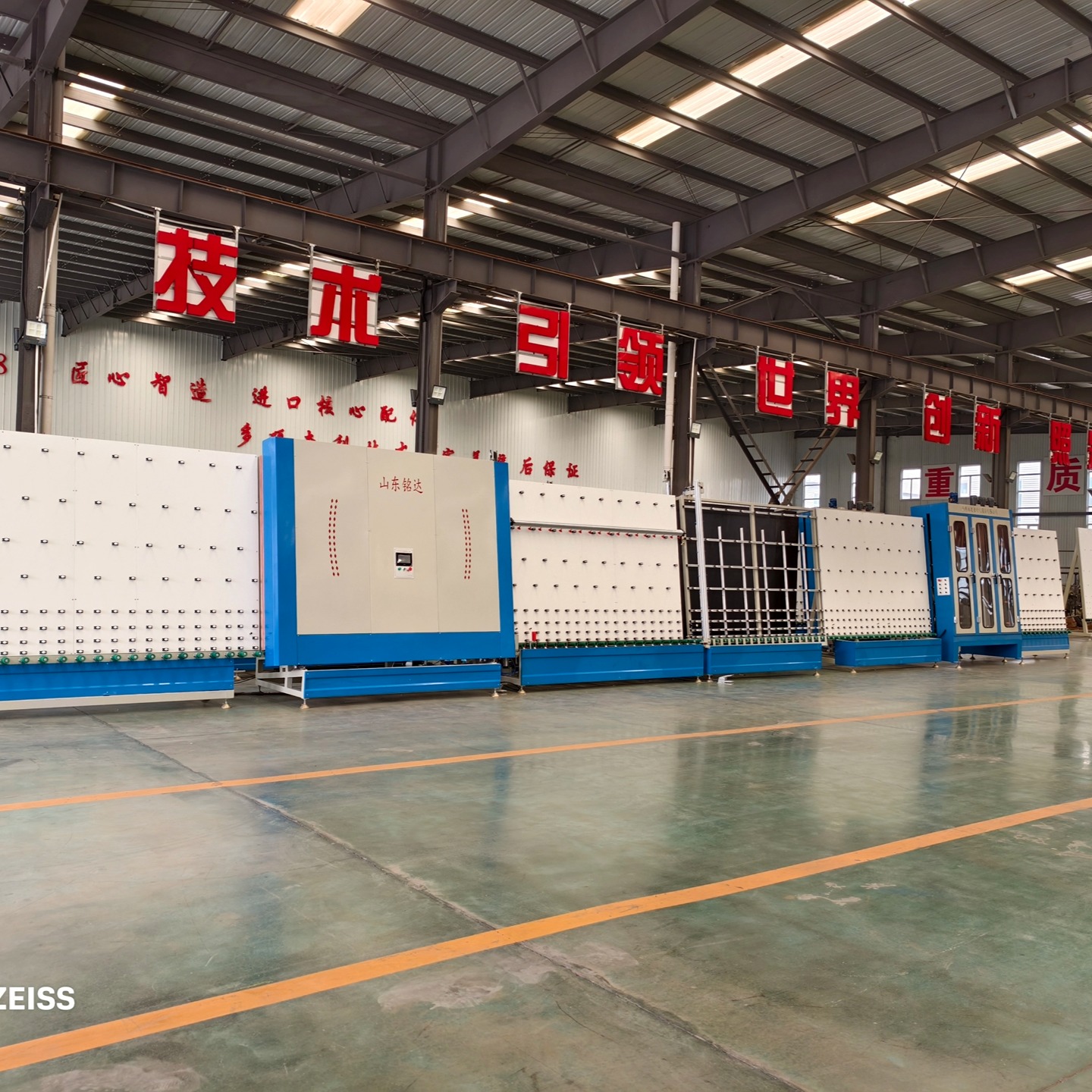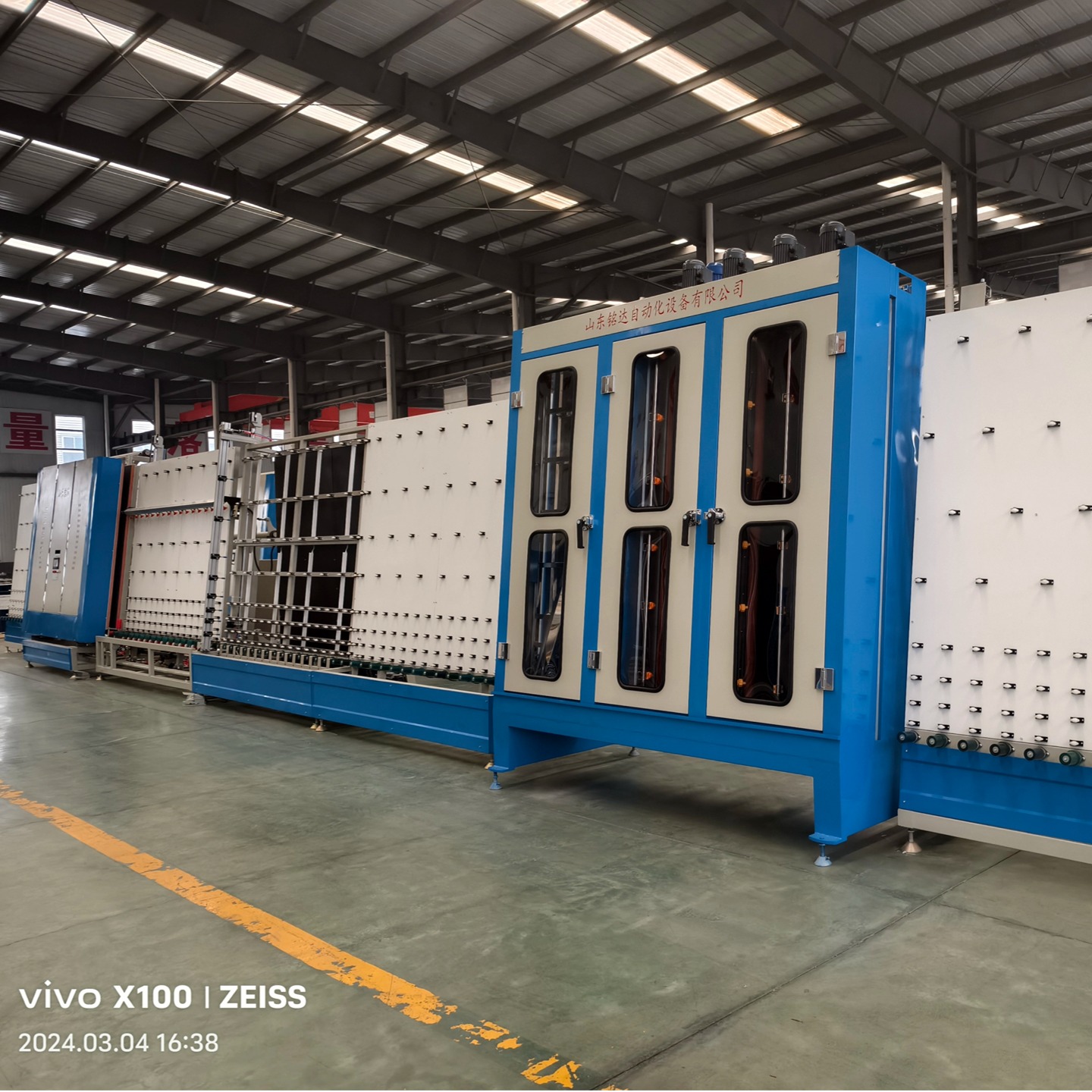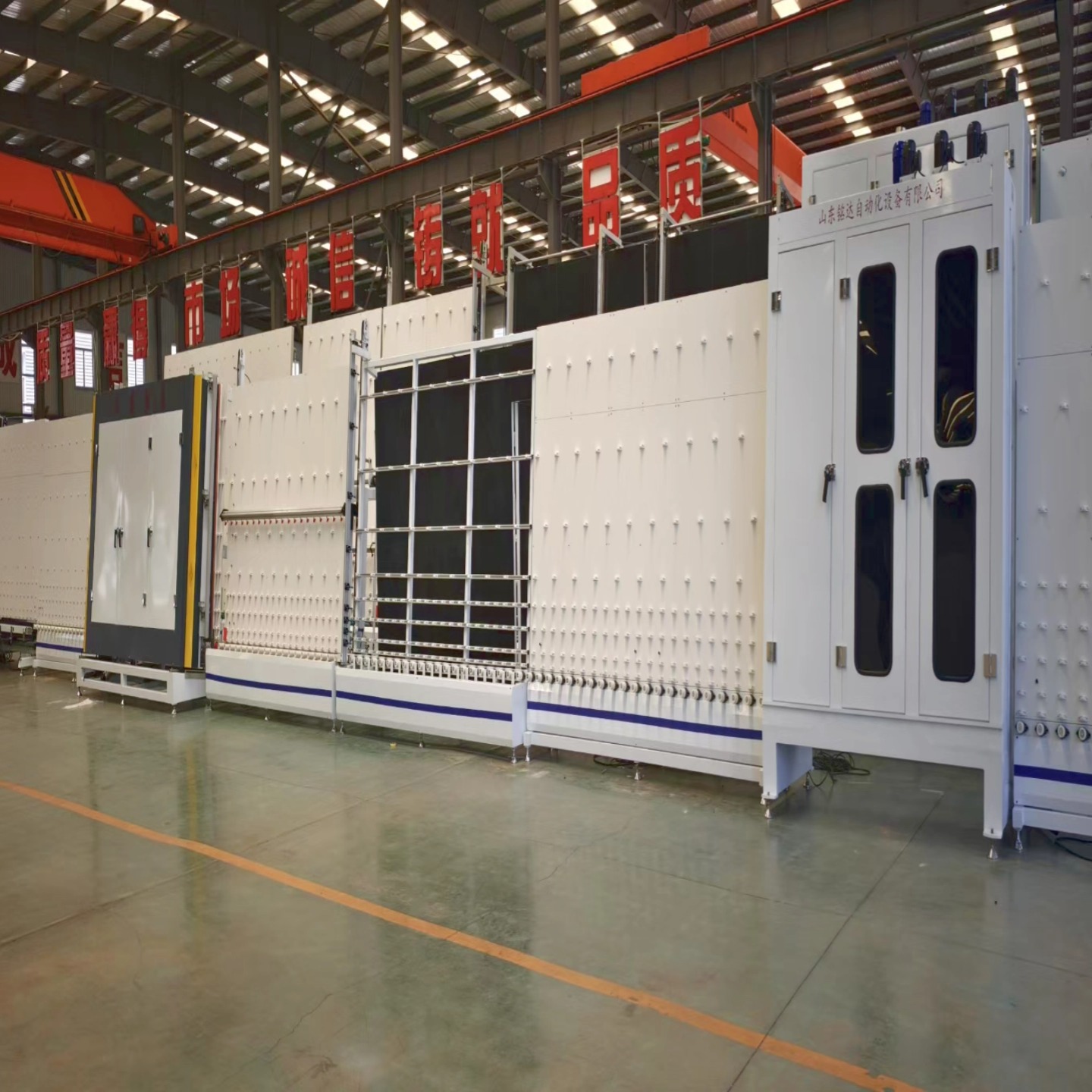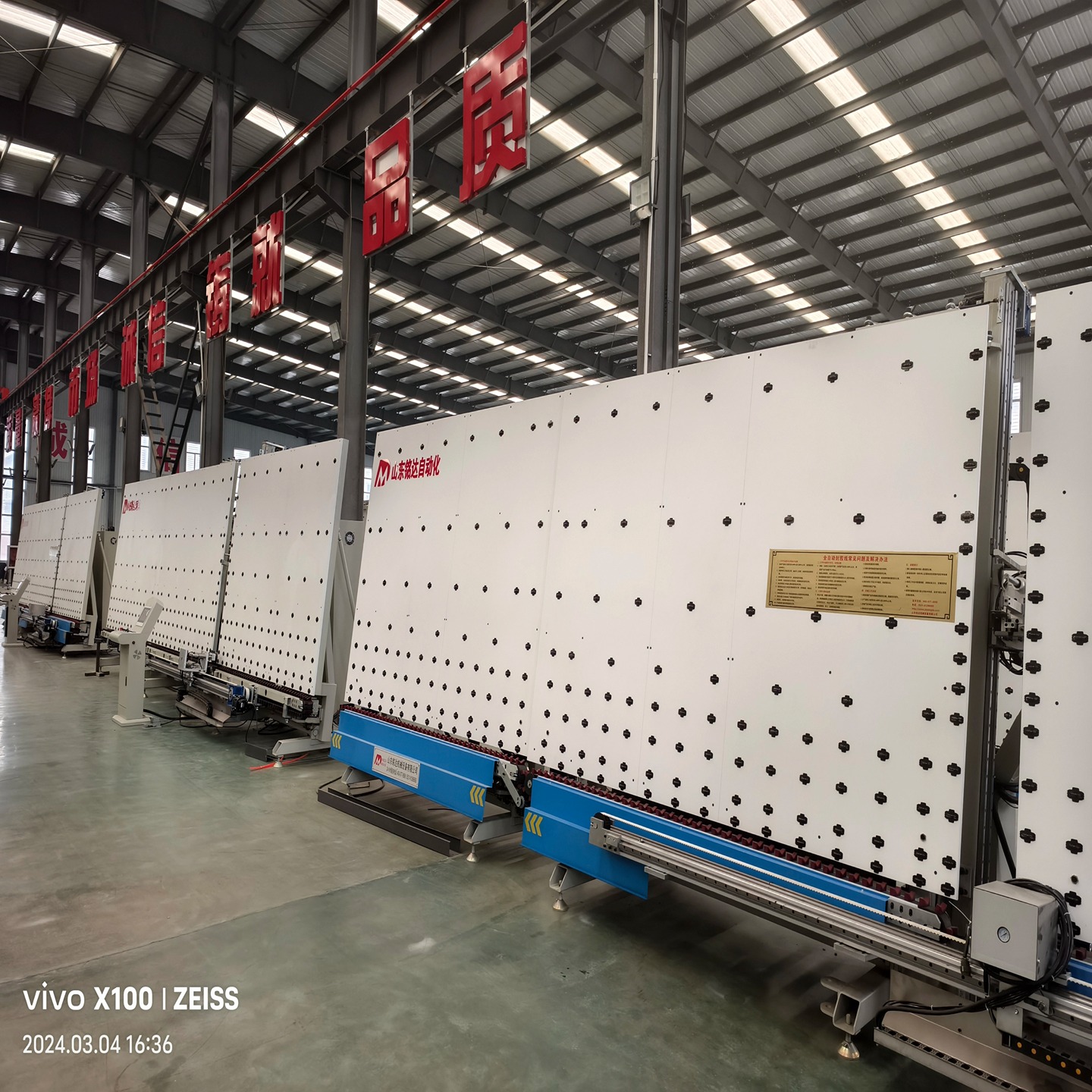Create "energy-saving thermos bottles" for buildings
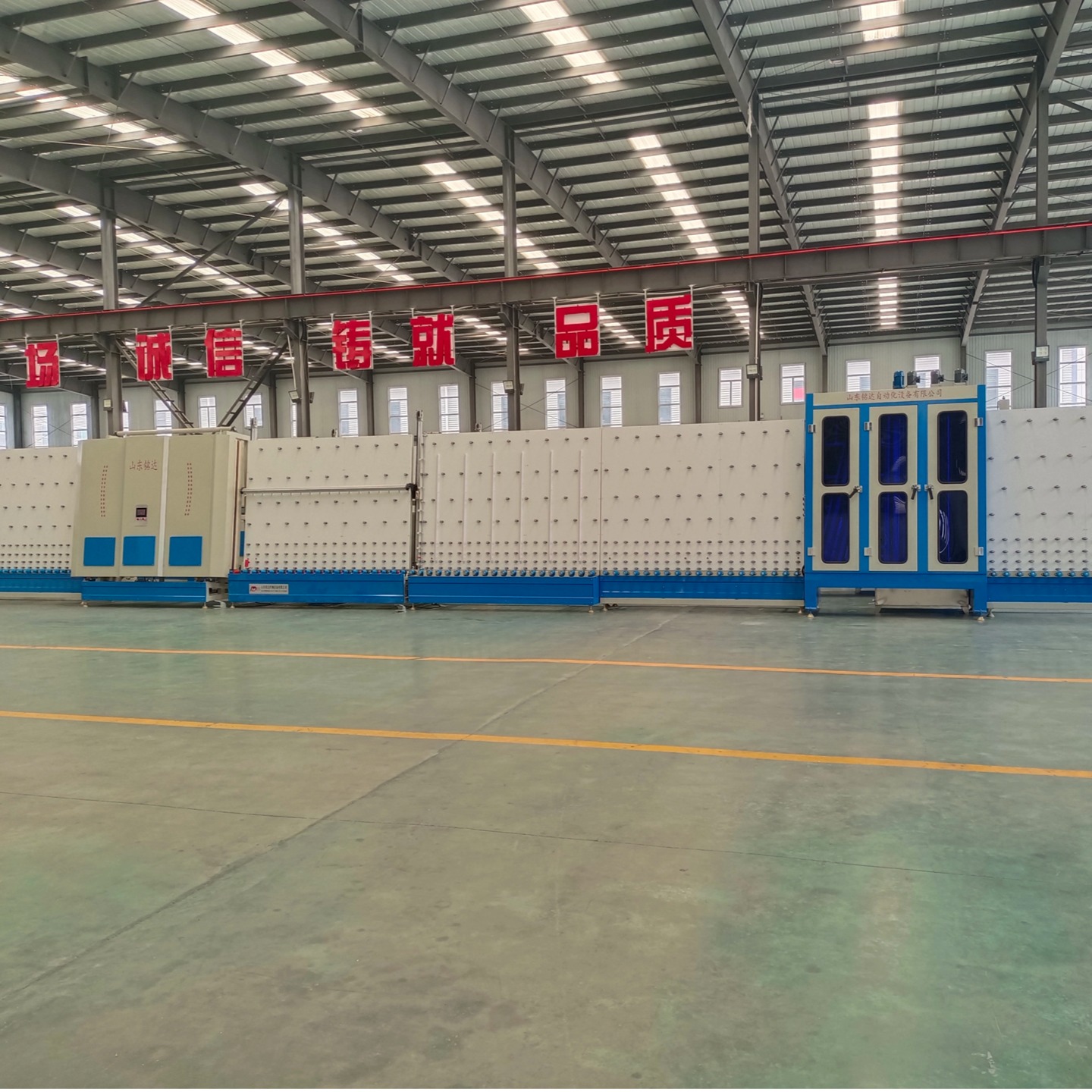
In today's modern buildings, glass curtain walls and floor-to-ceiling windows with wide views have long become common designs. However, ordinary single-layer glass is the "short board" in building energy consumption - it easily allows the hot and cold air in the room to directly exchange with the outdoor environment. In order to solve this problem, insulated glass has gradually become popular, and the insulated glass production line is the core of manufacturing this high-performance glass. The working logic of this complex equipment system can be generally understood as: building an "exclusive space" for two pieces of glass that is sealed and dry inside for a long time.
Core Goal: The Existence Significance of Insulating Glass
Before understanding the working principle of the equipment, we first understand the basic structure of insulating glass: it is composed of two or more pieces of glass. With the help of high-strength sealant and internal support spacers, a dry gas chamber is formed between the glasses. This chamber can be filled with dry air or inert gases such as argon. Through this design, the heat and sound insulation effects of the glass are greatly improved.
The core function of insulating glass equipment is to complete the assembly and sealing of the above complex structures in a precise and reliable automated manner. Its working principle is gradually developed around the following four core links:
1.Cleaning and drying: lay a solid foundation for subsequent bonding
Precision manufacturing often starts with basic processing, and insulating glass production is no exception. The first step of the equipment is to complete the glass pretreatment through a complete cleaning and drying system.
Work flow: The glass first enters the cleaning machine through a conveyor roller. The equipment uses a brush roller to remove stubborn impurities attached to the glass surface, and then sprays purified water or deionized water to rinse. After that, the residual moisture is scraped off with a special wiper blade, and the high-speed air drying system operates to finally make the glass surface impurity-free and completely dry.
Key principle: Even tiny dust, residual moisture or oil stains will seriously affect the bonding effect of the subsequent sealant, leading to early failure of the insulating glass. Therefore, this step is a key prerequisite to ensure the quality and service life of insulating glass products.
2.Spacers and molecular sieves: building a “static protection” framework
This step is the core support link in building the internal cavity of insulating glass, which is equivalent to building a skeleton for the cavity.
Spacer: The equipment will automatically place pre-curved aluminum spacers or other composite spacers precisely at the edge of the first piece of glass. This spacer not only acts as a support to maintain a fixed distance between the two pieces of glass, but is also filled with a key ingredient - molecular sieve as a desiccant.
The role of molecular sieve: It can efficiently absorb a small amount of water vapor remaining inside the chamber, and at the same time absorb organic volatiles that may be slowly released later, ensuring that the chamber remains dry throughout the entire use cycle and avoiding condensation or fogging inside the glass.
3.Double seal: Create a "dynamic protection" barrier
This is the most core and technically difficult link in the operation of insulating glass equipment. It is usually operated according to the principle of "double sealing".
First seal: butyl rubber seal
Specific operation: The equipment will heat and melt the butyl glue to continuously and evenly apply it on both sides of the spacer. After that, the automatic laminating machine accurately presses the second piece of glass onto the spacer. At this time, the butyl glue will tightly bond the glass and the spacer together.
Core principle: The water vapor transmission rate of butyl glue is extremely low. Its main function is to form a permanent high-airtight barrier to prevent external water vapor from entering the dry glass chamber. It is the first and most critical line of defense to prevent the failure of insulating glass.
Second seal: polysulfide rubber or silicone rubber seal
Specific operation: After completing the glass joining, the equipment will apply a layer of polysulfide glue or silicone glue on the outside of the butyl glue along the edge of the glass.
Core principle: This layer of sealant has extremely high mechanical strength and weather resistance. It has two main functions: one is structural bonding, which firmly connects two pieces of glass and withstands the stress caused by wind pressure and temperature difference changes, as well as the weight of the glass itself; the other is supplementary protection. As an auxiliary to butyl rubber, it further enhances the overall sealing effect and resists the erosion of ultraviolet radiation and bad weather.
4.Aeration and compaction
If you want to produce insulating glass with higher performance, the equipment will also be equipped with a special inflation system to meet higher energy-saving needs.
Specific operation: After applying the first sealant, before closing the sheets, or after closing the sheets through a special process, the equipment will inject argon and other inert gases into the glass chamber to be formed.
Core principle: The thermal conductivity of inert gas is lower than that of ordinary air, which can further improve the thermal insulation performance of glass. During the operation, the equipment needs to accurately control the gas concentration and sealing speed to ensure that the retention rate of inert gas in the chamber is at a high level.
After completing the above steps, the tablet press will apply uniform pressure to the entire piece of insulating glass to allow each layer of material to fit tightly. The glass will then be sent to the curing area, waiting for the sealant to be completely cured, and finally form a qualified insulating glass product.
The working principle of insulating glass equipment is essentially a set of interlocking system projects with precise coordination of all links. Through a series of automated processes of "cleaning - framing - glass closing - double sealing", it draws on the manufacturing idea of "thermos": creating a sealed chamber with a dry interior, stable gas, and complete isolation from the outside world. It is precisely by relying on this set of highly automated equipment that we can realize the mass production of insulating glass and add an efficient "energy-saving protective layer" to modern buildings, allowing the building to achieve a perfect balance of energy saving, comfort and tranquility while having a transparent view.
